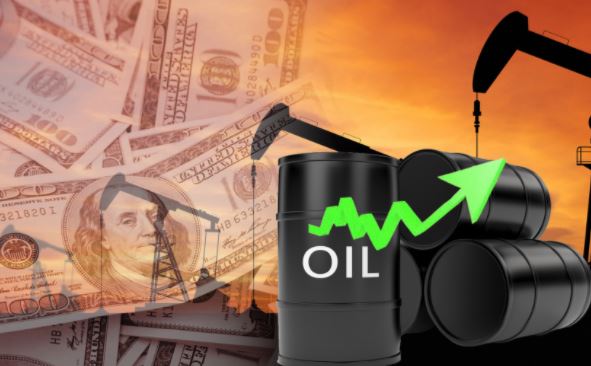Oil prices extended losses in early September, as the dollar rallied and fears grew that slowing global economic growth would hurt energy demand.
The drop in crude prices comes despite several upward supporting factors, including a possible cut in OPEC+ production and a significant drawdown in U.S. crude inventories.
West Texas Intermediate crude fell below $89 a barrel, after posting its third straight monthly decline in August, the longest losing streak since April 2020, weighed down by central banks including the Federal Reserve's move toward monetary tightening to combat high inflation.
Oil prices have lost more than 20 percent of their value over the past three months to the end of August, after the Federal Reserve and other central banks raised interest rates, raising fears of a slowdown or even a recession.
Fears of slowing global economic growth have caused it to write off all crude gains it has recorded since Russia's invasion of Ukraine at the end of February, and have also prompted Saudi Arabia to signal that the Organization of the Petroleum Exporting Countries (OPEC) and its allies may cut supplies.










